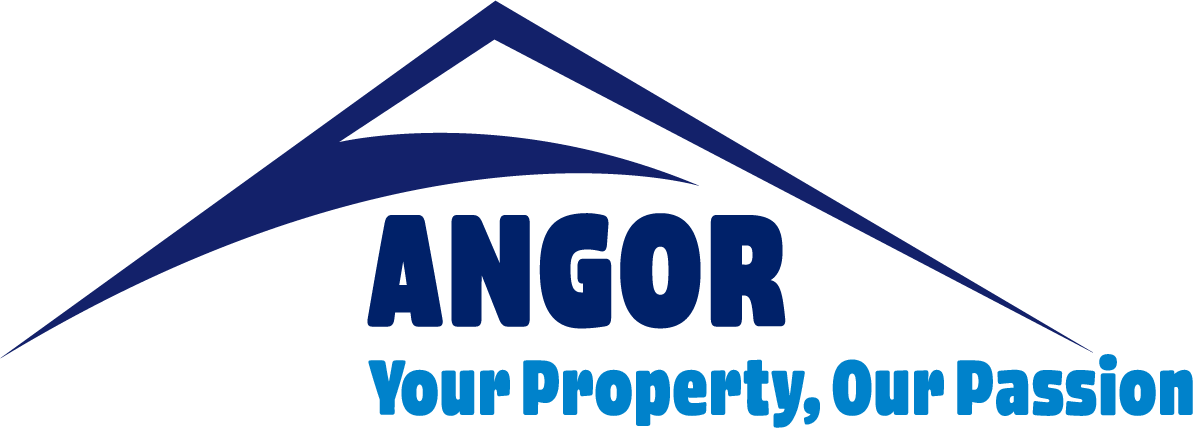Understanding Annual Financial Statements in Community Schemes
Annual Financial Statements (AFS) are more than just numbers, they are the story of your scheme’s financial health. For Scheme Executives, understanding these statements is critical to making informed decisions, ensuring compliance, and maintaining owner confidence.
This article explains what the AFS contains, how to read them, and common pitfalls to avoid.
The Purpose of Annual Financial Statements
The AFS provide a clear record of:
- How the scheme’s funds were raised and spent
- The scheme’s assets and liabilities
- Its financial position at year-end
- Compliance with the Sectional Titles Schemes Management Act (STSMA) or HOA governing documents
They are also a legal requirement and must be approved by the members at the Annual General Meeting (AGM).
Key Reports in the AFS
Income Statement (Statement of Comprehensive Income)
Shows:
- Levies charged
- Other income (interest, fines, rentals)
- Operating expenses (security, insurance, maintenance, management fees)
- Surplus or deficit for the year
Balance Sheet (Statement of Financial Position)
Reflects:
- Assets (bank balances, reserve funds, receivables)
- Liabilities (creditors, accruals, provisions)
- Members’ funds (accumulated surplus/deficit)
Cash Flow Statement
Tracks:
- Inflows (levies, other income)
- Outflows (expenses, loan repayments)
- Net change in cash for the year
Monthly vs Annual Financials
While the AFS provide the big-picture view, monthly management accounts are equally important:
- They help identify trends early
- Allow Scheme Executives to act on variances from budget
- Support informed decision-making throughout the year
The Audit Process
In sectional title schemes, the AFS must be audited by an independent auditor. The audit:
- Verifies the accuracy of the financial records
- Confirms compliance with relevant laws and accounting standards
- Results in an audit opinion – either unqualified (clean), qualified, or adverse
A qualified audit opinion often indicates gaps in record-keeping, late payments, or poor levy collection.
Common Red Flags
Scheme Executives should be alert to:
- Large, unexplained variances between budget and actual figures
- High arrears and bad debt write-offs
- Declining reserve fund balances
- Significant liabilities without matching assets
Conclusion
Annual Financial Statements are not just an administrative formality, they are a vital governance tool. Scheme Executives who understand how to read and interpret them can protect their community’s finances, plan effectively, and meet their fiduciary duties.
ANGOR Property Specialists ensures that Scheme Executives receive accurate, monthly financial reports and the guidance they need to interpret them.
What an Annual Budget Tells You About the Health of Your Scheme

